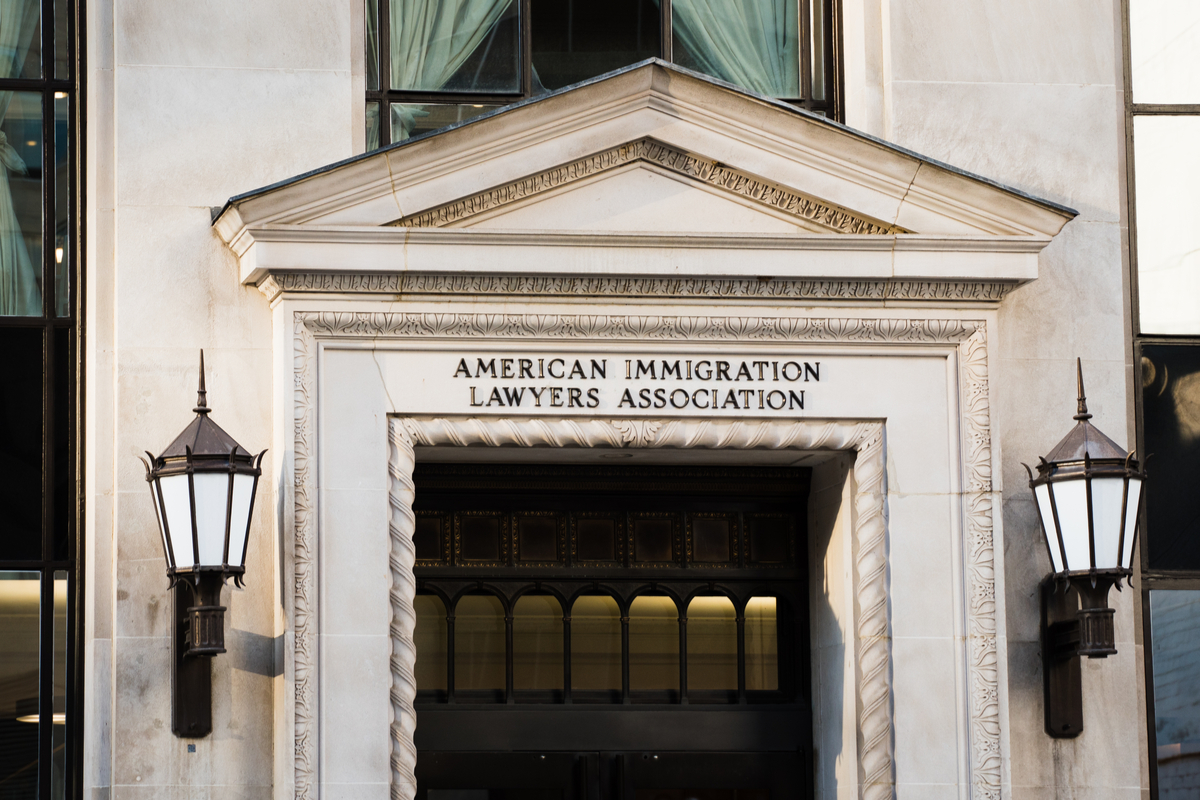 On April 21, 2014, Charlie Oppenheim, of the Department of State’s Visa Office, spoke with American Immigration Lawyers Association members Roberta Freedman and Michael Nowlan regarding what the visa office is currently seeing with regard to visa demand and what movement may arise on the visa bulletin front. The discussion touched on both family and employment based visa predictions, however, this post focuses specifically on the EB-5 discussion points.
On April 21, 2014, Charlie Oppenheim, of the Department of State’s Visa Office, spoke with American Immigration Lawyers Association members Roberta Freedman and Michael Nowlan regarding what the visa office is currently seeing with regard to visa demand and what movement may arise on the visa bulletin front. The discussion touched on both family and employment based visa predictions, however, this post focuses specifically on the EB-5 discussion points.
Since the implementation of the EB-5 program, there have always been sufficient visa numbers for all investors, including those from China. However, Oppenheim’s impressions are that China could retrogress later this year, possibly as early as August or September 2014. Further, he stated that with more than 7,000 pending I-526 applications, 80 percent of which are from China, retrogression for China EB-5 in the 2015 fiscal year seems almost inevitable. In the EB-5 category, there are currently only 10,000 visas that are available each fiscal year. However, spouses and minor children of EB-5 investors are presently included in the 10,000 visas that are available. On average, there are two dependents for each EB-5 investor. Therefore, the 7,000 pending I-526 petitions can translate into much more than the 10,000 visas currently available for EB-5 in each fiscal year.
If the demand for EB-5 visas for Chinese born investors were to exceed the fixed number of visas available to them each year, then a backlog occurs and a waiting list begins, based on the date a petition was filed (the “priority date”). Generally, priority dates retrogress (move backwards) as more and more EB-5 petitions are filed by Chinese born investors. If the EB-5 visa does retrogress, it will likely delay individuals with approved I-526 Petitions from entering the U.S. and obtaining conditional permanent residency. This may affect the way jobs are allocated to those EB-5 investors in the regional center context. Furthermore, once an I-526 petition is approved, a child who is a derivative beneficiary of that I-526 petition does not receive protection under the Child Status Protection Act. This could result in some children of EB-5 investors “aging out” if an I-526 Petition is approved but there are no EB-5 visas available.
It is important to note that retrogression of visa numbers is based on country of “chargeability” (or country of birth) rather than country of citizenship. Therefore, if the Visa Office’s prediction holds true, then those individuals who were born in mainland China will be greatly impacted. On the other hand, individuals born in Hong Kong, Taiwan, or Macau would not be so seriously affected. Further, if the EB-5 investor’s spouse was born in a country other than mainland China, the investor and their family may be “cross-chargeable” to the spouse’s country of birth, thereby escaping the Chinese quota retrogression.
DISCLAIMER: The views expressed in this article are solely the views of the author and do not necessarily represent the views of the publisher, its employees. or its affiliates. The information found on this website is intended to be general information; it is not legal or financial advice. Specific legal or financial advice can only be given by a licensed professional with full knowledge of all the facts and circumstances of your particular situation. You should seek consultation with legal, immigration, and financial experts prior to participating in the EB-5 program Posting a question on this website does not create an attorney-client relationship. All questions you post will be available to the public; do not include confidential information in your question.








